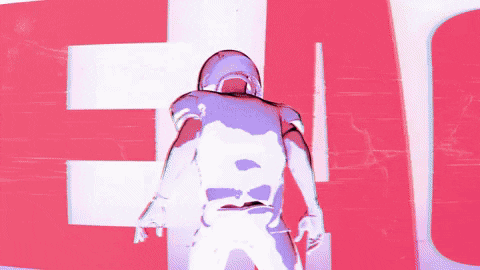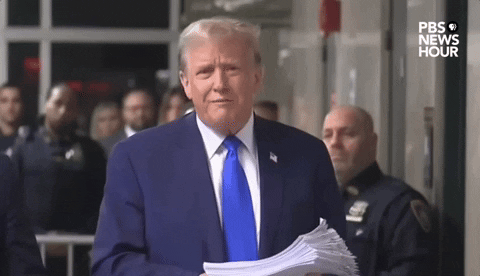
Title: Virtual Reality Training Revolutionizes Police Decision Making In recent years, virtual reality (VR) technology has been making waves in various industries, from gaming to healthcare. However, one sector that has particularly benefited from this innovative tech is law enforcement. With the stakes being as high as they are for police officers, it’s no surprise that departments across the United States and Canada have turned to VR training programs to better prepare their personnel for real-life, high-pressure situations. The use of virtual reality in police training has been gaining traction since 2015 when tech company Axon introduced its immersive training program. Since then, over 1,500 agencies have adopted this technology to help officers make split-second decisions under pressure. The Aurora Police Department in Colorado is one such agency that uses Axon’s VR platform for their recruits. The virtual reality scenarios created by Axon are filmed with live actors who reenact various situations, including de-escalation techniques, Taser use, and other high-stress interactions. These simulations provide a realistic environment where officers can practice their skills without putting themselves or others at risk. This not only enhances their decision-making abilities but also boosts confidence when faced with real-life emergencies. The historical context of this development is significant as it marks a shift from traditional forms of training, such as classroom lectures and physical drills, to more interactive and immersive methods. This change reflects the growing recognition that effective learning often requires engaging experiences that closely mimic real-world scenarios. Looking ahead, there are several potential implications of this trend towards VR training in law enforcement. Firstly, it could lead to a reduction in on-the-job accidents and injuries by providing officers with ample opportunities to hone their skills under controlled conditions. Secondly, it may help improve community relations by equipping police personnel with better communication and de-escalation techniques. Lastly, as VR technology continues to evolve, we can expect even more advanced simulations that will further enhance the realism of these training exercises. In conclusion, the adoption of virtual reality training programs in law enforcement is a testament to the power of innovation in shaping modern policing practices. By providing officers with realistic and engaging learning experiences, VR technology has the potential to significantly improve decision-making abilities, reduce risks associated with fieldwork, and ultimately foster better relations between police departments and the communities they serve.
Source: [Original Article](https://www.foxnews.com/tech/police-agencies-virtual-reality-improve-split-second-decision-making)
#police
Check out my AI projects on Hugging Face, join our community on Discord, and explore my services at GhostAI!

